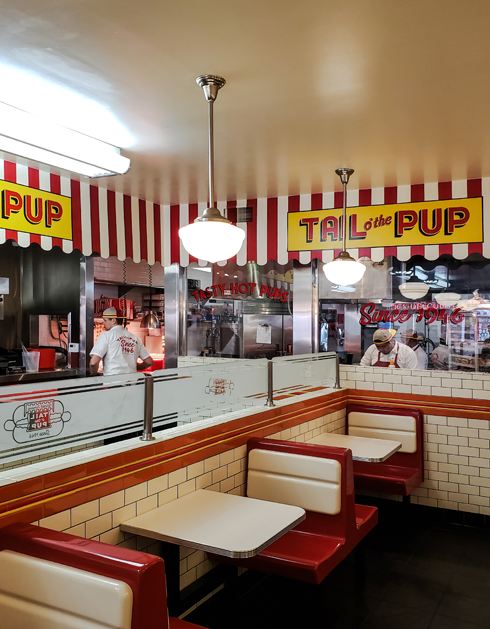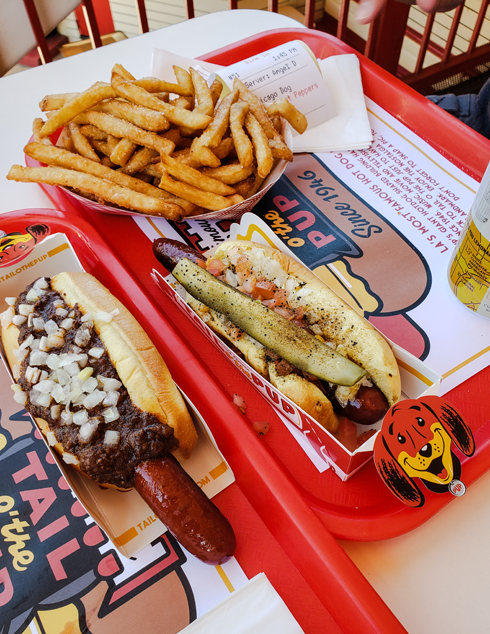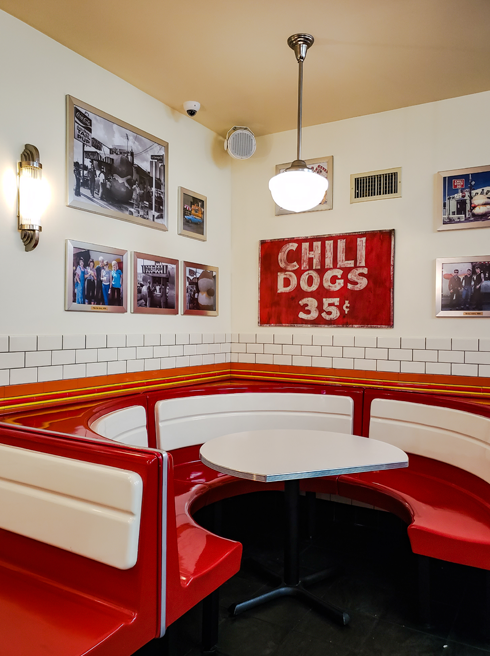In the heart of Manhattan’s NoMad district, just a short walk from the Empire State Building, the Life Hotel blends New York City history with modern boutique style. Located at 19 West 31st Street, the hotel occupies the former headquarters of LIFE Magazine, where editors and artists once shaped one of America’s most iconic publications. Today, that same building hums with a different kind of energy, one that mixes nostalgia, creativity, and contemporary comfort.
The structure was originally built in 1895, designed by the renowned architecture firm Carrère and Hastings in a Beaux-Arts style that still radiates quiet grandeur. When LIFE Magazine moved out in 1936, the building’s purpose shifted over the years, but its story never faded. In 2017, it was brought back to life through an extensive restoration that uncovered original details like marble floors, cast-iron columns, and decorative moldings long hidden behind modern renovations. The transformation preserved the bones of the past while infusing it with the relaxed sophistication of a modern New York hotel.
Inside, the Life Hotel feels effortlessly stylish. Its 98 rooms balance mid-century design cues with modern amenities and accents like brass beds, vintage-style lighting, marble bathrooms, and sleek technology, including large HDTVs and high-speed WiFi. Some rooms even offer private terraces overlooking the Midtown skyline. The atmosphere is intimate but not precious, with a focus on warmth and authenticity rather than luxury for luxury’s sake. The hotel is also pet-friendly, offers filtered water stations on every floor, and maintains a 24-hour fitness center for travelers who want to keep their routines intact.
Surrounded by vibrant restaurants, boutique shops, and architectural landmarks, it offers quick access to Midtown’s business district and the downtown creative scene alike. Staying at the Life Hotel feels like inhabiting a piece of New York’s layered story—a place where history isn’t sealed behind glass, but alive in the details. For visitors who crave character as much as comfort, it’s a stay that embodies the city itself: restless, storied, and undeniably alive.

.png)
.png)
.png)

.png)
.png)
.png)
.png)
.png)
.png)
.png)
.png)
.png)
.png)
.png)
.png)
.png)
.png)
.png)
.png)
.png)
.png)
.png)
.png)
.png)











.png)
.png)
.png)
.png)
.png)










